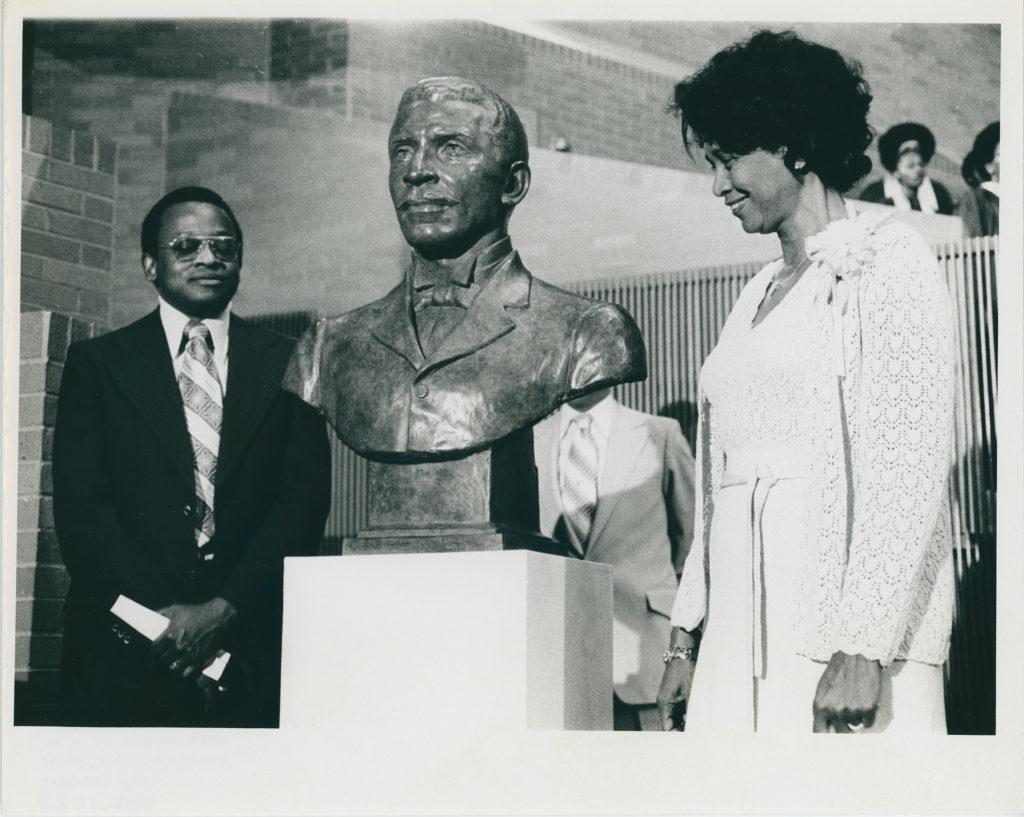
Founded in 1900, The Hall of Fame was the first memorial of its kind in the country, built to honor prominent Americans with a significant impact on this nation’s history. Despite its significance, the Hall can seem at odds with the vibrant community that surrounds it, a relational disparity between the honorees represented and the very diverse student body now attending Bronx Community College (BCC).
This exhibit examines themes of historical exclusion, diversity and achievement at the Hall of Fame for Great Americans, a designated landmark of national importance, for the CUNY community, the New York City metropolitan area, and state. This will serve as a critical tool for students as they explore what thematic connections exist between the Hall of Fame’s past and BCC’s present.




